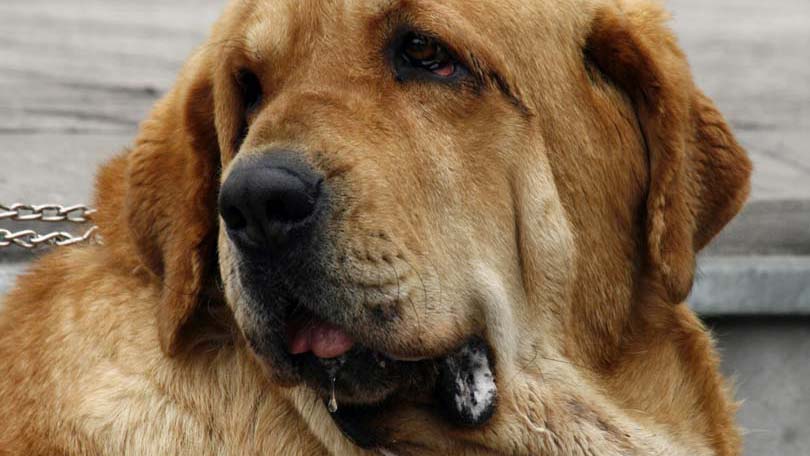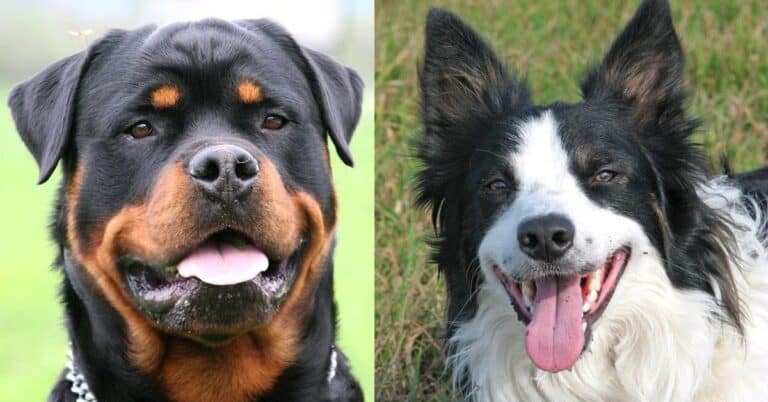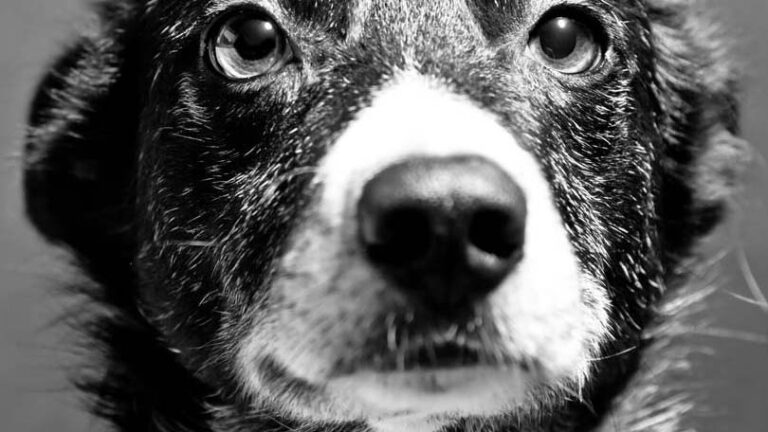Cataracts in Dogs
A cataract is an abnormal area within the lens of an eye through which a dog cannot see.
The lens is normally clear and serves to focus light on the retina at the back of the eye, which converts light into nerve impulses that are sent to the brain. Injuries or diseases that disrupt the precise alignment of lens fibers can cause the tissue to lose its transparency. Cataracts may involve part or all of the lenses in one or both eyes.
Cataracts develop for a variety of reasons. Many breeds, including the cocker spaniel, Siberian husky, poodle, schnauzer, bichon frise, and Old English sheepdog as well as many types of retrievers, spaniels, and terriers have a genetic predisposition to develop cataracts. Eye injuries or inflammation also can be to blame, and some dogs develop cataracts as they age. Given enough time, any dog that suffers from diabetes mellitus will develop cataracts. Blood sugar regulation in diabetic dogs is not as precise as it is in humans. Extra sugar gets absorbed by the lens causing it to absorb water, swell, and become opaque.
Symptoms
Cataracts are usually a white or blue-grey color, and when large enough they are readily apparent to pet owners. Not all cataracts look the same. Some are small, white dots or lines within an otherwise normal lens, while others appear to fill the entire pupil. Some make the lens appear hazy rather than completely opaque. Cataracts may or may not get worse with time.
A dog’s vision is compromised by the presence of cataracts, but depending on their severity the changes may or may not be noticeable to its owner. If only one eye is affected or if both eyes have small abnormalities, a dog can usually still see very well. But as vision loss increases, symptoms become more evident. In their home environment, many dogs that are completely blind can move around their surroundings so well that owners are often surprised when they learn that their dogs cannot see at all. But if furniture is rearranged or if the dogs are taken to an unfamiliar place, they may stumble, bump into things, or be reluctant to move around much at all. Some pets with impaired vision become more nervous or aggressive than they were previously. If a dog with cataracts develops uveitis (deep eye inflammation) or glaucoma (increased eye pressure), its eyes may become red, painful, and tear excessively.
The owners of older dogs often think that their pets are developing cataracts when in fact they are noticing a normal age-related change of the lens. This condition is called lenticular or nuclear sclerosis. As dogs age, their lenses become thicker and not quite as clear as they once were, which gives their eyes a cloudy appearance. Although this condition can be easily confused with a cataract, dogs with lenticular sclerosis can still see perfectly well. Other disorders, including diseases of the clear, outer surface of the eye (the cornea) can also look very similar to a cataract. If owners notice changes to their pet’s eyes or are worried about vision loss, they should take the dog to a veterinarian for diagnosis.
Diagnosis
A veterinarian will be able to determine whether or not a dog has cataracts by looking into its eyes with an ophthalmoscope. The doctor will also perform a complete physical exam and ask about any symptoms that dog might be showing at home. Blood work and a urinalysis are frequently run to rule out diabetes mellitus and to get a feel for the pet’s overall health and whether or not it is a good candidate for cataract removal surgery.
If an owner is interested in pursing treatment for his or her dog’s cataracts, referral to a veterinary ophthalmologist is the next step. The specialist will run tests to determine if the dog’s retina is still functioning because removing cataracts will do little to restore vision if severe retinal disease is also present. The specialist also can determine whether a dog should have surgery in one or both of its eyes.
Treatment and Prevention of Cataracts
If a veterinary ophthalmologist determines that a dog will benefit from cataract removal surgery, the owner must be prepared to take an active role in the dog’s treatment. Medicated eye drops will be necessary both before and for months after the surgery. Dogs must also wear Elizabethan collars to prevent them from scratching or rubbing their eyes after the procedure. Owners are responsible for keeping their dogs calm and for maintaining reduced activity levels as they heal.
The most commonly used method of removing a cataract from a dog’s eye is called phacoemulsification. During this procedure ultrasonic sound waves break down lens fibers, which are then “vacuumed” from within the surrounding lens capsule. In most cases, an artificial lens is then inserted into the eye, but this step may be skipped if the ophthalmologist determines that it is likely to increase the chances of postoperative complications. The artificial lens certainly improves eyesight, but dogs that do not have them can still see much better than they could before surgery.
Cataract removal is not suitable for every dog and owner. In some of these cases, drops that dilate the pupil may help a pet see around the cataract. If dogs develop uveitis or glaucoma, medications can help keep them comfortable, but owners may need to consider surgery to remove a painful, blind eye.
Unfortunately, no method of preventing the formation of cataracts in at-risk dogs has been found. Maintaining good control over blood sugar levels in diabetics can delay cataract development, but eventually they will form. The Canine Eye Registry Foundation (CERF) helps breeders determine whether their dogs are free from the types of cataracts that have a genetic basis. Puppies born of two dogs that have passed CERF exams are less likely to develop cataracts themselves.
Prognosis
Post-operative complications can occur after cataract removal surgery. Bleeding, inflammation, glaucoma, retinal detachment, and even the formation of cataracts on the lens capsule that remains within the eye are all possible. Close monitoring by the pet owner and frequent rechecks with a veterinarian are necessary so that if these problems develop, they can be treated aggressively. Studies have shown that approximately 80% of dogs that undergo surgery for cataracts have improved long-term vision. Dog owners should keep in mind that many blind dogs still enjoy an excellent quality of life as long as their eyes do not cause them any discomfort.
Article By:
Jennifer Coates, DVM graduated with honors from the Virginia-Maryland Regional College of Veterinary Medicine in 1999. In the years since, she has practiced veterinary medicine in Virginia, Wyoming, and Colorado and is the author of several short stories and books, including the Dictionary of Veterinary Terms, Vet-Speak Deciphered for the Non-Veterinarian. Dr. Coates lives in Fort Collins, Colorado with her husband, daughter, and a menagerie of pets.

Having discovered a fondness for insects while pursuing her degree in Biology, Randi Jones was quite bugged to know that people usually dismissed these little creatures as “creepy-crawlies”.







